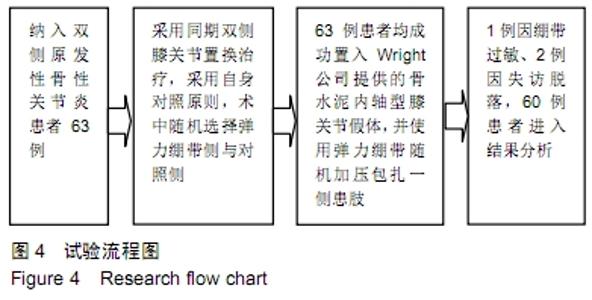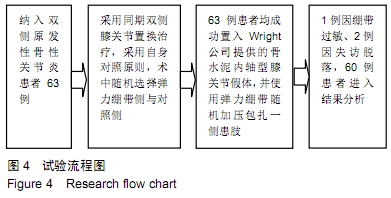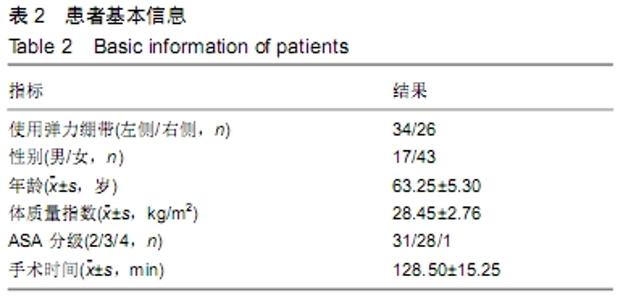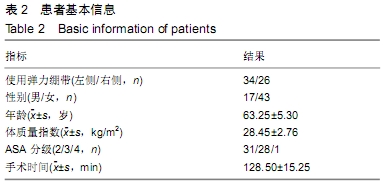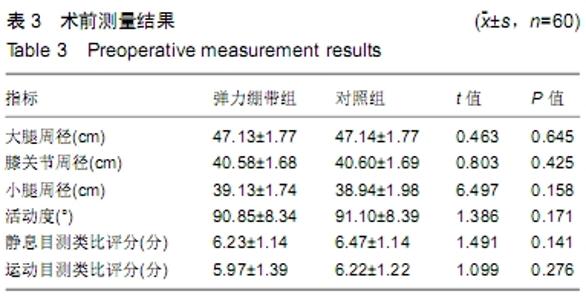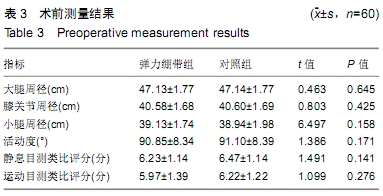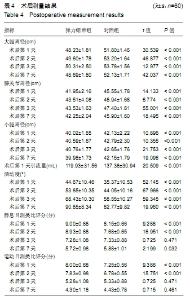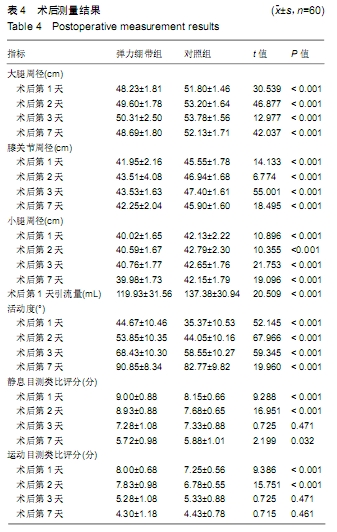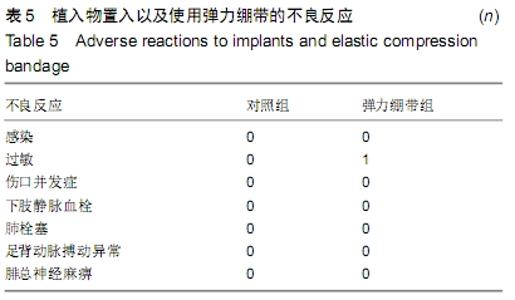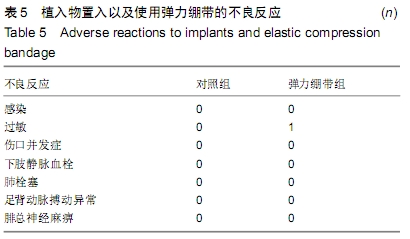[1] RANAWAT CS, FLYNN WF JR, SADDLER S, et al. Long-term results of the total condylar knee arthroplasty. A 15-year survivorship study. Clin Orthop. 1993;286(286): 94-102.
[2] HOLM B, KRISTENSEN MT, BENCKE J, et al. Loss of knee-extension strength is related to knee swelling after total knee arthroplasty. Arch Phys Med Rehabil. 2010;91(11): 1770-1776.
[3] MIZNER RL, SNYDER-MACKLER L. Altered loading during walking and sit-to-stand is affected by quadriceps weakness after total knee arthroplasty. J Orthop Res. 2005;23(5): 1083-1090.
[4] FAHRER H, RENTSCH HU, GERBER NJ, et al. Knee effusion and reflex inhibition of the quadriceps. A bar to effective retraining. J Bone Joint Surg Br. 1988;70(4): 635-638.
[5] MORETTI B, NOTARNICOLA A, MORETTI L, et al. I-ONE therapy in patients undergoing total knee arthroplasty: a prospective, randomized and controlled study. BMC Musculoskelet Disord. 2012;13:88.
[6] WILLIAMS DP, O"BRIEN S, DORAN E, et al. Early postoperative predictors of satisfaction following total knee arthroplasty. Knee. 2013;20(6):442-446.
[7] MATSEN FA, KRUGMIRE RB. The effect of externally applied pressure on post-fracture swelling. J Bone Joint Surg Am. 1974;56(8):1586-1591.
[8] OGATA K, WHITESIDE LA. Effects of external compression on blood flow to muscle and skin. Clin Orthop. 1982;168(168): 105-107.
[9] CHARALAMBIDES C, BEER M, MELHUISH J, et al. Bandaging technique after knee replacement. Acta Orthopaedica. 2005; 76(1):89-94.
[10] TARONI M, MOLIMARD J, CACHON T, et al. Robert Jones bandage pressure range assessment using a pressure mapping system and application to band calibration. Comput Methods Biomech Biomed Engin. 2015;18 Suppl 1: 2068-2069.
[11] KIJKUNASATHIAN C, LIMITLAOHAPHAN C, SAENGPETCH N, et al. A comparison between modified robert jones bandage and intermittent cold pack in arthroscopic anterior cruciate ligament reconstruction: a prospective randomized controlled trial. J Med Assoc Thai. 2017;100(3):287-294.
[12] PINSORNSAK P, CHUMCHUEN S. Can a modified robert jones bandage after knee arthroplasty reduce blood loss? a prospective randomized controlled trial. Clin Orthop Relat Res. 2013;471(5):1677-1681.
[13] ANDERSEN L, HUSTED H, OTTE KS, et al. A compression bandage improves local infiltration analgesia in total knee arthroplasty. Acta Orthopaedica. 2008;79(6):806-811.
[14] MUNK S, JENSEN NJF, ANDERSEN I, et al. Effect of compression therapy on knee swelling and pain after total knee arthroplasty. Knee Surg Sports Traumatol Arthrosc. 2013;21(2):388-392.
[15] SILVER R, DE LA GARZA J, RANG M, et al. Limb swelling after release of a tourniquet. Clin Orthop Relat Res. 1986;206(206):86-89.
[16] RAMA KR, APSINGI S, POOVALI S, et al. Timing of tourniquet release in knee arthroplasty: meta-analysis of randomized, controlled trials. J Bone Joint Surg. 2007; 89(4):699-705.
[17] YU H, WANG H, ZHOU K, et al. Modified Robert Jones bandage can not reduce postoperative swelling in enhanced-recovery after primary total knee arthroplasty without intraoperative tourniquet: a randomized controlled trial. BMC Musculoskelet Disord. 2018;19(1):357.
[18] 杨健齐.全膝关节置换术中止血带应用的研究进展[J].中华骨与关节外科杂志,2018,11(11): 85-88.
[19] HELLER S, CHEN A, RESTREPO C, et al. Tourniquet release prior to dressing application reduces blistering following total knee arthroplasty. J Arthroplasty. 2015;30(7):1207-1210.
[20] MATTHEWS CN, CHEN AF, DARYOUSH T, et al. Does an elastic compression bandage provide any benefit after primary TKA? Clin Orthop Relat Res. 2019;477(1):134-144.
[21] 刘俊,尹锐,罗政,等.弹力绷带用于膝关节置换术后病人23例的临床疗效[J].中国中医骨伤科杂志,2016,24(8): 65-67.
[22] BROCK TM, SPROWSON AP, MULLER S, et al. STICKS study- short-stretch inelastic compression bandage in knee swelling following total knee arthroplasty-a feasibility study. Trials. 2017;18(1):6.
[23] KAYAMORI S, TSUKADA S, SATO M, et al. Impact of postoperative compression dressing using polyethylene foam pad on the multimodal protocol for swelling control following total knee arthroplasty: a randomized controlled trial. Arthroplasty Today. 2016;2(4):199-204.
[24] CHEUNG A, LYKOSTRATIS H, HOLLOWAY I. Compression bandaging improves mobility following total knee replacement in an enhanced recovery setting. J Perioper Pract. 2014;24(4): 84-86.
|
